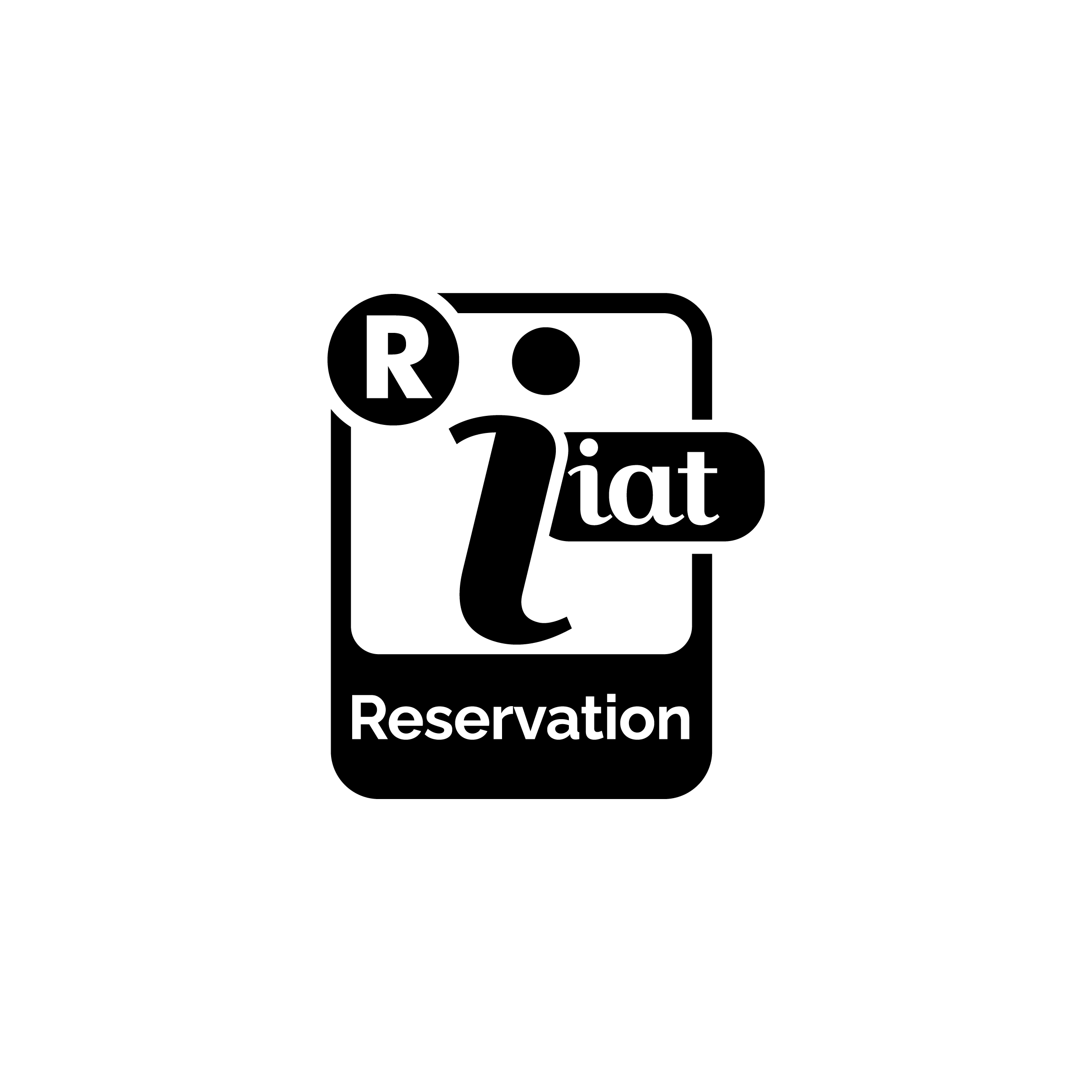Beata Vergine della Porta Sanctuary
Address and contacts
Via Piave, 1 - 42016 Guastalla 0039 0522 824401
Opening times
All days: 7.30 a.m.-7.00 p.m.; Masses: Saturday at 6.30 p.m. and Sunday at 8.30 a.m.; Rosary: working days at 5.30 p.m. In order to visit the Sanctuary and get information on the history of the building and the welcome of pilgrims, please call at the phone number 0039.349.2143804.
How to get there
By car
Motorway exit A22 (16 km); A1 motorway exit (25 km); road connection: SS62 Verona-Mantova-Parma; SS63 crossroads to Reggio Emilia, SP to Novellara, SP to Reggiolo.
By train
From the Reggio Emilia railway station: TPER Reggio-Guastalla route.
By bus
From Reggio Emilia, Piazzale Europa: bus n° 87.
Historical notes
It houses in the ciborium the miraculous image of the Virgin, a work by Damiano Padovani (1646) once situated at the southern gate of the town, attesting to a miracle whose memory is still alive among the local populace.
The majestic altar is composed of twisted columns with a triumph of angels by Antonio Ferraboschi. The large collection of votive offerings displayed in the museum adjacent to the church testifies to the miracles performed. The Beata Vergine della Porta Sanctuary, a rare example of Emilian Baroque style, takes its name from the presence of the ancient gate of St. Francis in this place.
Reggio Emilia architect Prospero Mattioli began designing the church in 1693 on commission by Duke Vincenzo Gonzaga. In that year, the image of the Madonna painted in 1646 by Damiano Padovani, began to manifest wonders and miracles which led the Duke to mark the start of his reign with a work worthy of the architectural tradition of the city.
The works continued until 1703, and only after six years was the Sanctuary was consecrated, with completion extending for almost the entire 18th century.
The main altar with ciborium dates to 1702 and is the work of Antonio Ferraboschi and Michele Costa.
In 1703, the Parma artist Pietro Oliva created the marble balustrade.
The altar of San Francesco Da Paola, erected in 1741 (right arm of the transept) is the work of Pietro Franzini.
The statues of the twelve prophets by Giovanni Marini da Viadana date to 1786.
Of particular interest inside are the seventeenth-century altar-frontals in polychromatic scagliola, the eighteenth-century Pietà in painted papier-mâché, and the fresco of the Blessed Virgin by Damiano Padovani of 1646 situated in the ciborium of the main altar.





